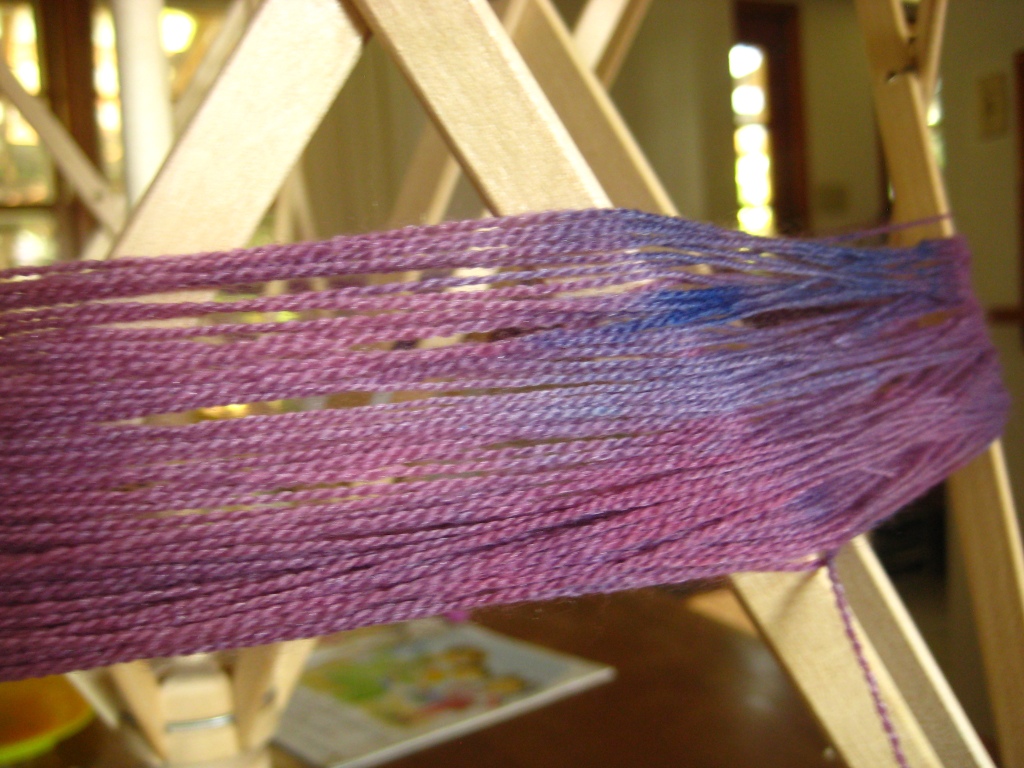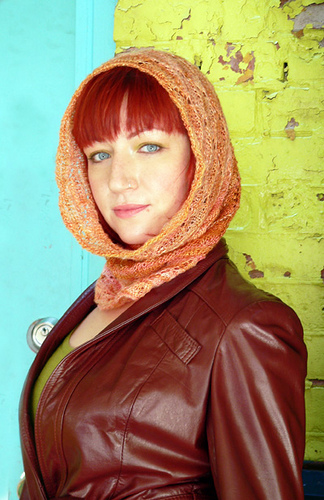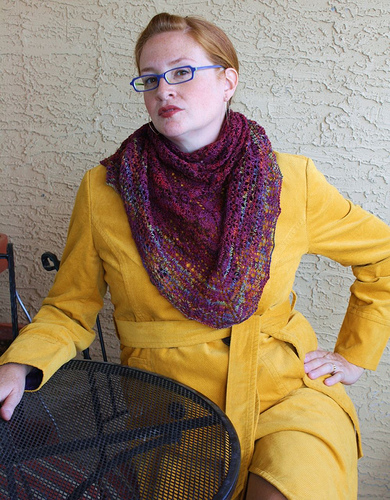One thing I’ve discovered since opening SpaceCadet Creations is that I really love photographing yarn. I really love it. When I get the camera in there, in close, and the light is just right and colours are popping and I can almost feel the texture coming right through the picture, I get so excited. Mmmmm… yarn porn — is there anything better?
And I suspect that paragraph is completely incomprehensible to anyone who is not yarn-crazy… But you understand, don’t you? Yeah, you know exactly what I’m talking about.
But sometimes, it goes wrong. I’ve got my camera there, the light is right, the macro is doing its thing… but the colours just aren’t coming out right. It should be working, but it’s just not. And I can’t tell you how crazy-making it is when that happens — because I’ve put a lot of effort into the colours I put in my yarns, and it’s incredibly frustrating when I just cannot get the camera to capture those colours.
This week, I’ve put a bunch of gorgeous yarns in the shop. I love them! Some are sublimely coloured, some are subtle, and some are quirky, but they’re all beautiful to look at…
Clockwise from left: Celeste yarn in Plumberry, Stella yarn in Megan’s Frost, Astrid yarn in Sailor’s Warning, Celeste yarn in Sweetpeas, Celeste yarn in Night Sky, and Celeste yarn in Sweet Decay.
But see that one in the middle, down at the bottom? The one with a lot of blue and what looks like maybe black? That was one of those yarns that simply refused to be photographed. Flat out refused. Oh, it looks nice enough in the picture but, in real life, it’s just so much more — deep, vibrant purples, dark greens and browns, amazing blues. It’s so dark and rich and moody… truly stunning. But could I capture that on film? Could I heck! And it was driving me crazy!
So, if you can’t fight it, join it. So, here’s how I’m going to look at it: see that picture there in the middle, and the bottom of the page? That one is there to make all the other pictures look even better. Seriously — look at them. Doesn’t that one picture make the colours in the one above it look so subtle and soft? And doesn’t it just make the pinks in the one to the right look vibrant? See what I mean?
And so that bad picture serves a good purpose now. But what’s even better is what will happen when someone buys that yarn… Because when they pull it out of the box and see its true colours… they’re going to understand just how frustrating that camera can be!





















